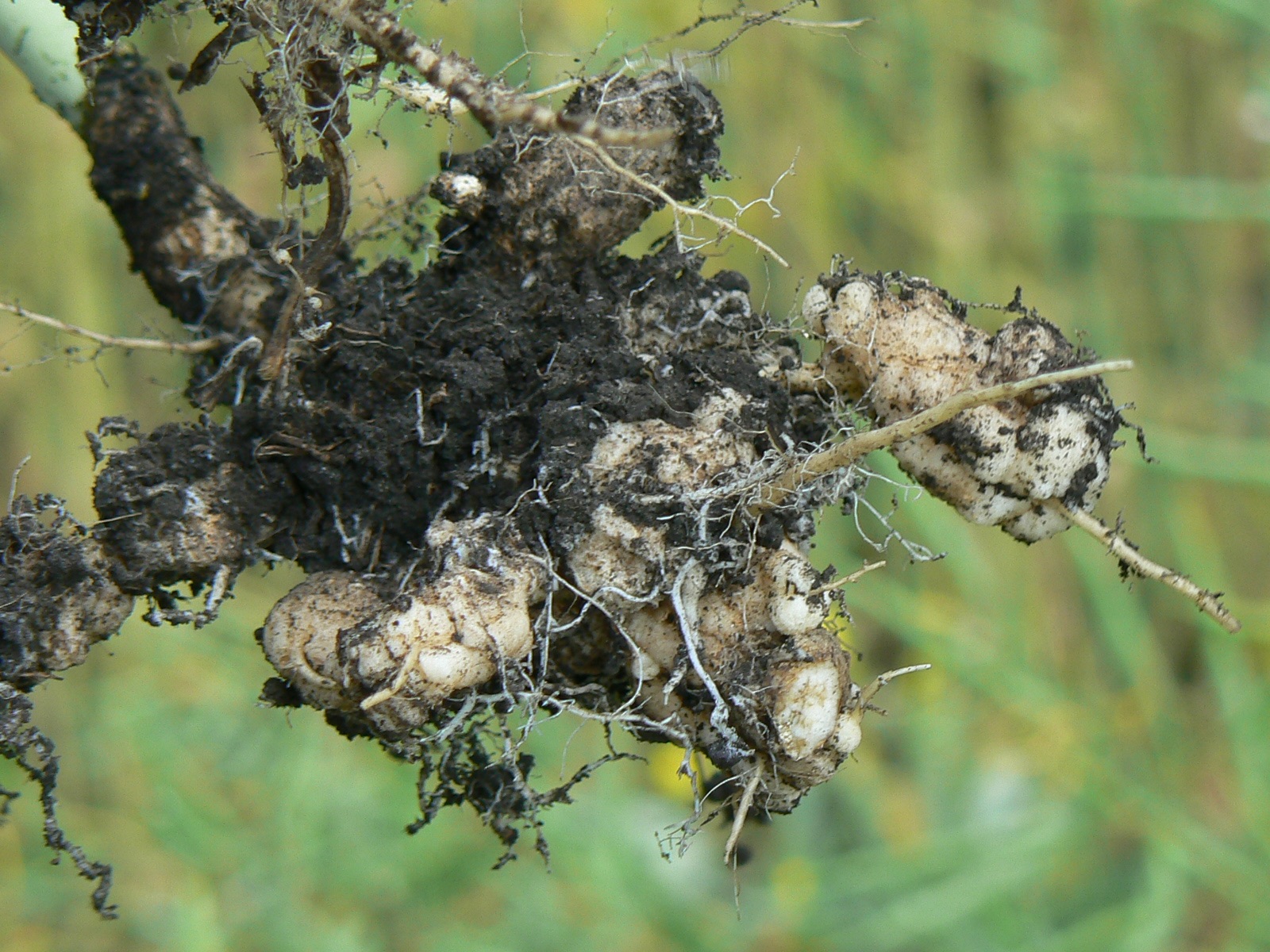| |
| |
 |
| |
 |
|
MMMM d, yyyy |
|
| |
Here’s one: Since 2011, there are fewer farms, but farms are larger. While total farm area is down, areas dedicated to cropland rose to 93.4 million acres in 2016. The average farm size sat at 820 acres last year.
» Read more...
The municipality of Chatham-Kent already grows more than 70 different crops, but rice and ginger could someday be part of the mix.
» Read more...
The Agricultural Adaptation Council (AAC) has recognized the unique challenges and opportunities of northern Ontario farmers. Through Growing Forward 2 (GF2), AAC has secured cost-share funds for five northern-focused innovation projects.
» Read more...
|
| |
 |
 |
| |
|
| |
 In the past, disease management in field crops was largely based on major gene resistance and the use of fungicides. Crop residue was usually buried and we had windbreaks and headlands for natural diversity. Crop rotation was not used primarily for disease management; it was used to make weed management easier.
» Read more...
In the past, disease management in field crops was largely based on major gene resistance and the use of fungicides. Crop residue was usually buried and we had windbreaks and headlands for natural diversity. Crop rotation was not used primarily for disease management; it was used to make weed management easier.
» Read more... |
| |
 Purple foods are eye-catching, plus the colour can indicate the presence of health-promoting compounds called anthocyanins. AnthoGrain, a Canadian-bred purple wheat, has much higher levels of anthocyanins than regular wheat, plus it has other healthy compounds found in regular wheat. Now, a project involving two clinical studies is looking at just how beneficial AnthoGrain is for human health.
» Read more...
Purple foods are eye-catching, plus the colour can indicate the presence of health-promoting compounds called anthocyanins. AnthoGrain, a Canadian-bred purple wheat, has much higher levels of anthocyanins than regular wheat, plus it has other healthy compounds found in regular wheat. Now, a project involving two clinical studies is looking at just how beneficial AnthoGrain is for human health.
» Read more... |
| |
 |
| |
|
| |
|
|
| |
| |






